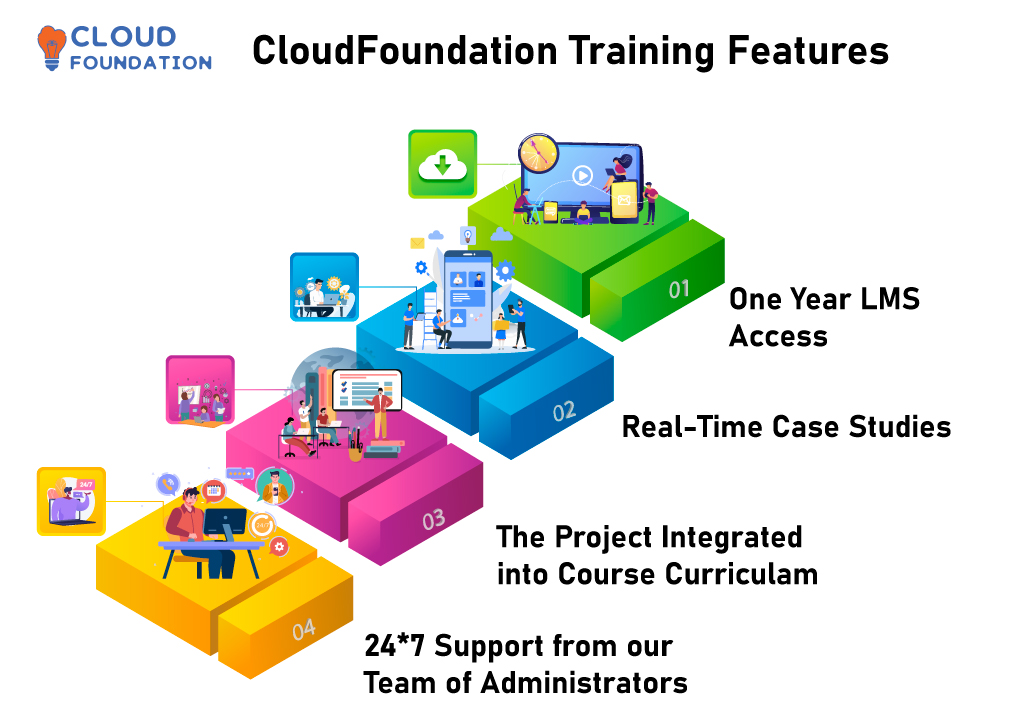Guidewire Claim Center Training – The only Course you need
Guidewire Claim Center Training – The only Course you need
⏰24 hours | ▶️ 24 Videos | 📣 9508 Participants | 🎓 4085 Reviews | 4.8 ⭐⭐⭐⭐⭐
Choose a Plan that Works for You
Self Paced
- Advanced sessions
- Interview Q&A
- Free study Materials
- Premium Technical support
Instructor Led Live Training
- Live Instructor
- Advanced sessions
- Interview Q&A
- Premium Technical Support
Corporate Training
- Live Instructor
- Advanced sessions
- Interview Q&A
- Premium Technical Support
Upcoming Batches EST
Weekday
| Dec 09(1 HR A DAY) |
| 07:00 PM PST |
| Enroll Now → |
Weekday
| Dec 30(1 HR A DAY) |
| 07:00 AM PST |
| Enroll Now → |
Weekend
| Dec 27(1 HR A DAY) |
| 09:30 PM PST |
| Enroll Now → |
Upcoming Batches IST
Weekday
| Dec 09(1 HR A DAY) |
| 07:30 AM IST |
| Enroll Now → |
Weekday
| Dec 30(1 HR A DAY) |
| 07:30 PM IST |
| Enroll Now → |
Weekend
| Dec 228(1 HR A DAY) |
| 07:00 AM IST |
| Enroll Now → |
Course Description
Guidewire Claim Center Training is a complete CMS(Content Management Solution) for developing websites, Mobile Applications and Forms. It is used to handle your marketing assets.
Through Guidewire Claim Center Training, you can increase your brand demand and Customer Loyalty. By 2025, Guidewire Claim Center Training will become one of the top content management systems.
After analyzing its progress in the market, we have designed this course based on the latest trends.
Major companies using Guidewire Claim Center Training are Dell, Barclays, Deloitte, Informatica, Mastercard, Microsoft, UBS, Thermo Fisher Scientific, DuPont, Palo Alto Networks.
The average salary of Guidewire Claim Center Training per annum is $168,200 – Neuvoo
Guidewire ClaimCenter Training is essential for insurance professionals to use ClaimCenter, a prominent claims management software.
By knowing the system’s capabilities and features, this training helps users streamline claim processes, improve customer service, and boost productivity.
Participants may keep up with ClaimCenter’s latest features and upgrades with this course, preparing them to manage any claim scenario.

Course Content
1.The Claim File
- The Claim Center data model
- The claim files
2.Claims Process and Intro to Intake
- Claims processing – business perspective
- Claims processing – functional perspective
- The claim intake process
- Automated claim setup
- New claim validation
3.ClaimCenter Demo
- Demonstration of Claim Center functionality
4.Introduction to Claim Center Configuration
- ClaimCenter data model
- ClaimCenter user interface
- ClaimCenter rules
- Importing data into ClaimCenter
5.Configuring Location Groups
- Location group basics
- Location group configuration
- Page configuration
6.Configuring Wizards
- Wizard basics
- Wizard configuration
- Wizard step configuration
7.Configuring Claim Setup
- Claim setup basics
- Preset up rules
- Segmentation rules
- Workplan rules
- Exposure and activity setup
8.Configuring LOB Typelists
- Line of business model
- The LOB typelists
- The LOB editor
- LOB model configuration
9.Configuring LOB User Interface
- LOB model and the user interface
- Configuring exposure types
- Configuring new exposure menu behavior
10.Configuring Validation Rules
- Types of validation
- Validation rule basics
- Validation rules in the user interface
- Warnings and errors
- Identifying invalid fields
11.Configuring Permissions
- ClaimCenter security functionality
- Checking system permissions in Gosu
- Creating system permissions
- Application permission keys
12.Contact Roles
- Contact roles
- Categorizing contact
- Contact role configuration
- Contact role type constraints
- Entity role constraints
13.ClaimContact Widgets
- ClaimContact widget basics
- Configuring ClaimContact widgets
14.Intro to Transaction Rules
- Transaction basics
- Transaction data model
- Transactions and Gosu
- The Financial Calculations Library
15.Configuring Transaction Validation Rules
- Transaction and check life cycles
- Transaction validation basics
- Transaction validation rules
16.Configuring Transaction Approval Rules
- Transaction approval basics
- Authority limits
- Transaction approval rules
- Approval routing rules
